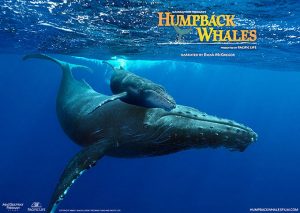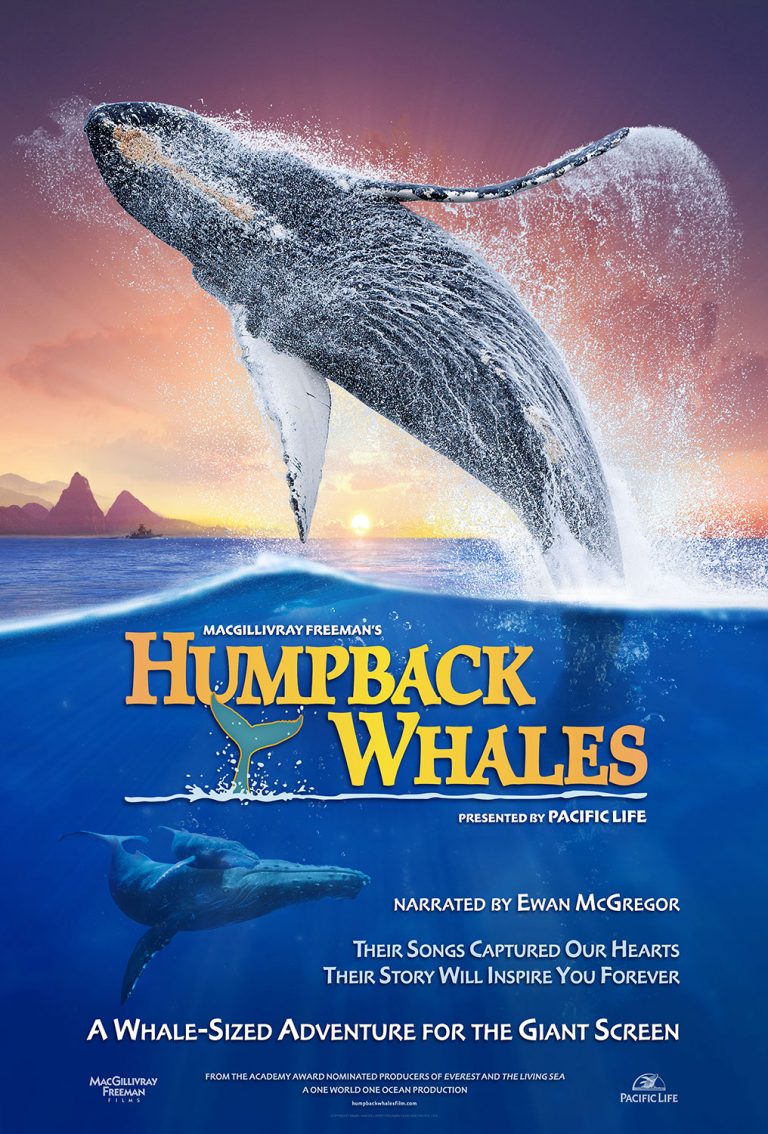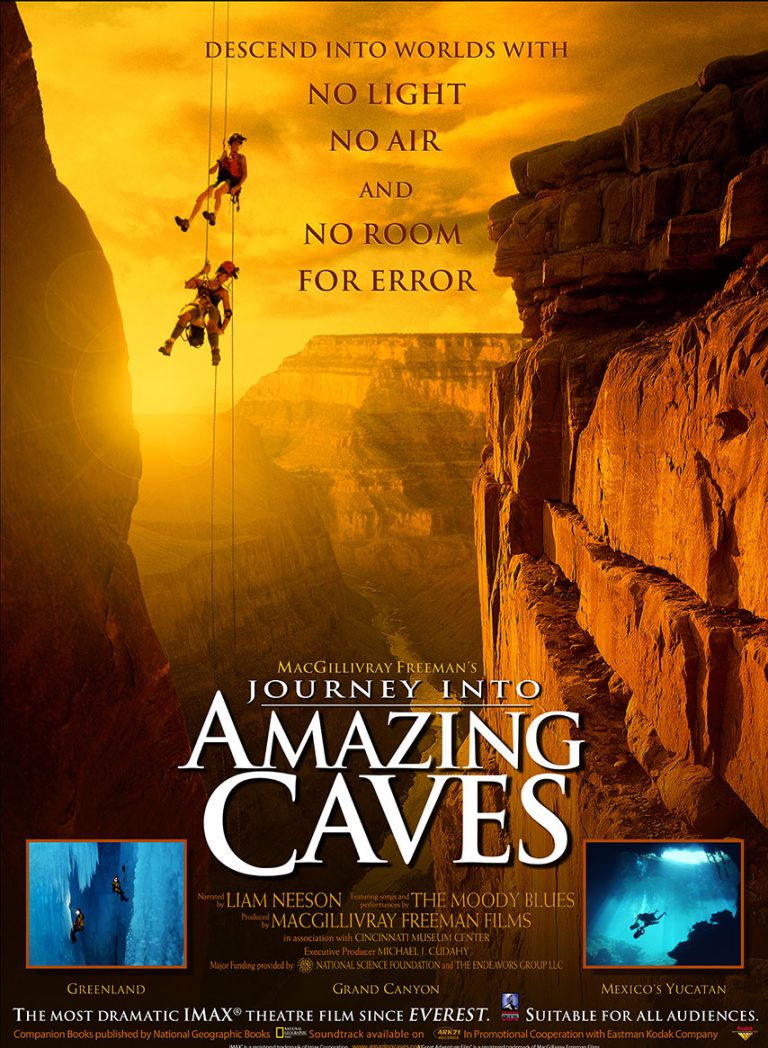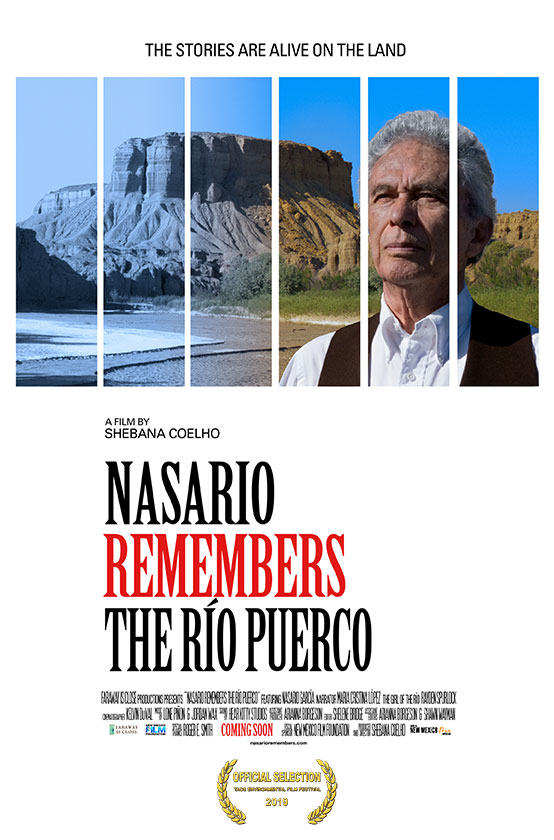Festival Overview
- Taos Ski Valley Foundation
- Trieschmann Family Foundation
- Taos Community Foundation
- Cid’s Food Market
- Amigos Bravos
- Western Environmental Law Center
- New Mexico Film Foundation is our 501c3 non-profit fiscal sponsor
Humpback Whales
Director: Greg MacGillivray
Web site: www.humpbackwhalesfilm.com
Narrated by two-time Golden Globe® nominee Ewan McGregor,  is an extraordinary journey into the mysterious world of one of nature’s most awe-inspiring marine mammals. Set in the spectacular waters of Alaska, Hawaii and the remote islands of Tonga, this ocean adventure offers audiences an up-close look at how these whales communicate, sing, feed, play and take care of their young. Captured for the first time with IMAX® 3D cameras, and found in every ocean on earth, humpbacks were nearly driven to extinction 50 years ago, but today are making a slow but remarkable recovery. Join a team of researchers as they unlock the secrets of the humpback and find out why humpbacks are the most acrobatic of all whales, why they sing their haunting songs, and why these intelligent, 55-foot, 50-ton animals migrate up to 10,000 miles round-trip every year.
is an extraordinary journey into the mysterious world of one of nature’s most awe-inspiring marine mammals. Set in the spectacular waters of Alaska, Hawaii and the remote islands of Tonga, this ocean adventure offers audiences an up-close look at how these whales communicate, sing, feed, play and take care of their young. Captured for the first time with IMAX® 3D cameras, and found in every ocean on earth, humpbacks were nearly driven to extinction 50 years ago, but today are making a slow but remarkable recovery. Join a team of researchers as they unlock the secrets of the humpback and find out why humpbacks are the most acrobatic of all whales, why they sing their haunting songs, and why these intelligent, 55-foot, 50-ton animals migrate up to 10,000 miles round-trip every year.
A MacGillivray Freeman film presented by Pacific Life, Humpback Whales is directed by Greg MacGillivray (The Living Sea, Dolphins, Everest) and produced by Shaun MacGillivray (To The Arctic, Grand Canyon Adventure). Filmed with 15perf / 65mm IMAX® cameras, Humpback Whales is written and edited by Stephen Judson (Everest, To The Arctic) with a musical score by Steve Wood. (Journey to the South Pacific, To The Arctic). A One World One Ocean production.
MacGillivray Freeman Films is the world’s leading independent producer and distributor of giant-screen 70mm films with 38 films for IMAX theatres to its credit. Throughout the company’s 50- year history, its films have won numerous international awards including two Academy Award®nominations and three films inducted into the IMAX Hall of Fame. Humpback Whales follows in the company’s long tradition of films known for their artistry and celebration of science and the natural world.
ABOUT THE PRODUCTION
MacGillivray Freeman Films (MFF) bring their exhilarating giant-screen storytelling to one of the most enormous and vastly fascinating creatures on earth in Humpback Whales – an immersive ocean adventure that invites audiences to dive head-first into the mysterious realm of these 55-foot, 50-ton aquatic mammals. In a splashing, exuberant, musical mix of 3D imagery, underwater splendor and scientific exploration, the film beckons the compelling question: what might life be like from a humpback POV?
Narrated by two-time Golden Globe® nominee Ewan McGregor (Star Wars Episode I: The Phantom Menace, Salmon Fishing in the Yemen) and presented by Pacific Life, it’s a whale of a tale that begins with promising news. Once feared as monsters, and very nearly hunted to extinction, today humpbacks appear to be in the midst of a slow but remarkable recovery. Now protected by global bans on whaling, the image of the humpback has transformed 180 degrees into a wellspring of wide-eyed human curiosity, passion and inspiration. The result has been a golden age of cetacean science now tackling the many puzzles of their intriguing behaviors.
Splashing right into this exciting new era, Humpback Whales tags along with leading whale researchers using pioneering methods to better understand what whales do when no one’s watching. As the film sails from the tropical Kingdom of Tonga to lush summertime Alaska to the invitingly warm waters of Hawaii, moviegoers have the chance to follow along on the humpback’s epic migration, while experiencing its devoted bonds, amazing songs and underwater acrobatics.
In some of MFF’s most movingly intimate footage – as intimate as you can get with a 50-ton seafarer – the humpbacks croon their long, complex songs, raise their jumbo-sized babies, display their acrobatic feats, work in cooperative teams and chase one another in high-speed competitions. It all leads up to an edge-of-your-seat whale rescue – and an unforgettable reminder that the future of whales depends in large part on us humans allowing them to sing their own tune.
A MacGillivray Freeman film presented by Pacific Life, HUMPBACK WHALES is directed by Greg MacGillivray (The Living Sea, Dolphins, Everest) and produced by Shaun MacGillivray (To The Arctic, Grand Canyon Adventure). Filmed with 15perf / 65mm IMAX® cameras, HUMPBACK WHALESis written by Stephen Judson (Everest, To The Arctic) with a musical score by Steve Wood (Journey to the South Pacific, To The Arctic). A One World One Ocean production.


Journey into Amazing Caves
Director: Stephen Judson
Web site: www.amazingcaves.com
All over our planet there are landscapes that hold caves beneath them. Challenged by the underground frontier and inspired by the secrets it may yield, cavers share a passion for exploration. Journey into Amazing Caves follows Hazel Barton and Nancy Aulenbach on an adventure to explore caves in canyon walls, in glaciers and beneath the rainforests of Mexico. In these unusual and hostile places, Barton, a microbiologist, searches for tiny organisms that somehow survive there. The microorganisms that live in environments with no light, few nutrients, and in the case of glaciers, locked in ice for hundreds or thousands of years, have developed unique survival tactics and lethal weapons against other organisms that compete for the same, few nutrients. Barton studies this subterranean life in hopes it may point to new drugs or antibiotics to fight human illness
High on a cliff near the Grand Canyon, Dr. Hazel Barton and Nancy Aulenbach rappel down to a cave entrance, dangling more than 700 feet above a turquoise-hued river. They aim to be the first to explore a little-known cave formed millions of years before the river cut through the canyon.
In Greenland, Barton and Aulenbach join a team of scientists and adventurers who are attempting a record depth – 500 feet — into a glacier ice cave. They descend dramatic surface crevasses into a cathedral-like world of blue ice. Razor-sharp ice shards fall from the glacier walls. As Nancy studies how these caves are formed, Hazel collects tiny organisms that can survive extreme pressures and temperatures. These organisms are in suspended animation and can be brought back to life when removed from the ice.
The underwater caves of Mexico’s Caribbean coast contain the beautiful formations found in typical, terrestrial caves. In the film, the water is so clear, you won’t know you’re underwater until you see Hazel in Scuba gear. These caves are beautiful, but dangerous. One wrong move by a caver here can be deadly. Beneath the Mayan jungle, Hazel searches underwater cave passages for microorganisms living in the shimmering halocline: where the freshwater that flows eneath the jungle meets the ocean saltwater.
As it conveys the excitement of scientific exploration, Journey into Amazing Caves takes audiences on an adventure in the natural world…to the underground landscapes that are as beautiful and vital as any place on Earth.
Rigging a Canyon Cave
It was no surprise to MacGillivray Freeman’s film crew that the cave in Little Colorado River Canyon had never been explored. Not only were there no roads to this location, the cave was on a cliff 300 feet below a plateau and more than 700 feet above the river. The ‘easiest’ way into the cave was from the plateau above. Helicopters flew the 30-person crew and 3-1/2 tons of gear to and from the site each day.
A team of expert riggers devised a 20-foot truss and winch that lowered crew and equipment down the sheer cliff to the cave entrance. MFF trusted this venture to rigger and production manager Earl Wiggins whose last job was overseeing the safety of Tom Cruise in Mission Impossible 2. Director of Photography Brad Ohlund was impressed with the result: “Not only did Earl and Mark Chapman build a system for getting people and gear into an impossible location, they created shooting platforms in no time flat. I just had to show them where I wanted the lens, and literally, only minutes later, the camera and tripod would be rigged solid.” He continued, “They quickly understood that in IMAX, we always need to put the camera where it doesn’t want to go.”
Surviving Greenland’s Ice Caves
“There were certainly major technical challenges shooting IMAX footage in the vertical ice shafts of Greenland, but nothing of any technical nature even approached the sheer magnitude of sitting on three thousand feet of ice, or realizing at the bottom of one of the ice caves that we were not even a fifth of the way to bedrock, ” said Cinematographer Gordon Brown.
The most difficult shots were deep within Minnik, the near 600-foot ice cave. The crew needed to set up a platform close to the bottom of the cave to film the characters’ descent. At this depth, the ice is under 300 pounds of pressure per square inch, making the ice walls very unpredictable. On one ascent, when a crew member merely kicked the ice wall with his crampons to get a hold, a 100-foot crack rifled across the face of the walls above them. Though the film and caving team tried their best to purge the icy shaft of icicles, they realized even the smallest of loose shards could prove dangerous, even deadly, if they plummeted hundreds of feet to the crew below.
The falling ice caused the crew to abandon the filming platform and move to a 9600 pound ice block, wedged precariously in the shaft, but just around the corner from the platform and out of the way of falling ice. As the film team used ice screws to secure their position, they heard another sharp snap as the block beneath them shifted a quarter-inch. They watched a crack move in slow motion up the wall for about 40 feet. The block shifted another quarter inch. Continues Brown, “The disturbing part was that the ice block did not settle or roll, but continued to grind away at its trappings a quarter inch at a time. Every five minutes our hearts stopped as we felt our footing shudder and we heard an awful snap and grind. There wasn’t anything to do but keep shooting.”
NASARIO REMEMBERS THE RÍO PUERCO
Runtime: 56 minutes, 46 seconds
Completion Date: October 12th 2017
Dubbed by: Dr. Gacrcía
Nominated BEST DOCUMENTARY – New Mexico Filmmakers Showcase
Nominated BEST LATIN SONG “Indita del Río Puerco” – New Mexico Music Awards
Returning to the ruins of a remote valley where he grew up, New Mexico folklorist Nasario García unearths memories of a time before the rains stopped, when the Hispanic villages flourished with stories of land, river, animals, magic and myth.
The story of Nasario remembers the Río Puerco begins with a cante jondo, a song that Nasario García hears in Andalucía, Spain in the 1960s that triggers memories of his chilhood in a small village in New Mexico. This moment inspires his life’s work, which has now spanned four decades, as an acclaimed folklorist and oral historian chronicling the life and stories of this isolated valley in the American Southwest. Nestled among mesas and extinct volcanoes, southeast of Chaco Canyon, and adjoining Navajo and Pueblo communities, the Hispanic villages of this valley bloomed in isolation from the 1900s to 1950s. Their origins, language and culture reflected the intersection of influences from Spain, Mexico and Native communities that are part of New Mexico’s past and present.
In the documentary, Nasarío remembers the Río Puerco, Dr. García lets the landscape speak through him in story, silence and song as he wanders through the now ghost towns of his youth.
The film’s narrative mirrors how memory creates an eternal present. Every time Nasario returns to the ruins, the story begins and ends again. With eloquence and humor, he guides us into memories of his childhood and the lives of early settlers like his grandparents and parents who ranched and farmed the land. He takes us on adventures, from threshing pinto beans to encounters with hawks and bears, Sunday rituals and Christmas horse rides, twilight stories of witches, magic and enchanted mesas, racing the river after thunderstorms, and eventually, the arrival of droughts. The family’s departure to the city ends the story when Nasario is nine – till it begins again, many years later, when he is in his twenties and hears a song far from home.
The cinematography captures the dramatic hues, light and expanse of the desert. Archival photos and brief dramatic sequences evoke the storytelling spirits of the valley. The soundtrack features cante jondo and oud compositions, New Mexico roots music, Mexican ballads and an original song, the “Indita del Río Puerco.” Together, these elements create a deeply-felt cinematic encounter between teller and tale, what is gone and left of memory, and coming home to the story only you can tell. In its celebration of oral storytelling traditions, the film also offers an invitation for audiences to stop and listen to their own stillness, to a place from long ago that waits in the soul.

